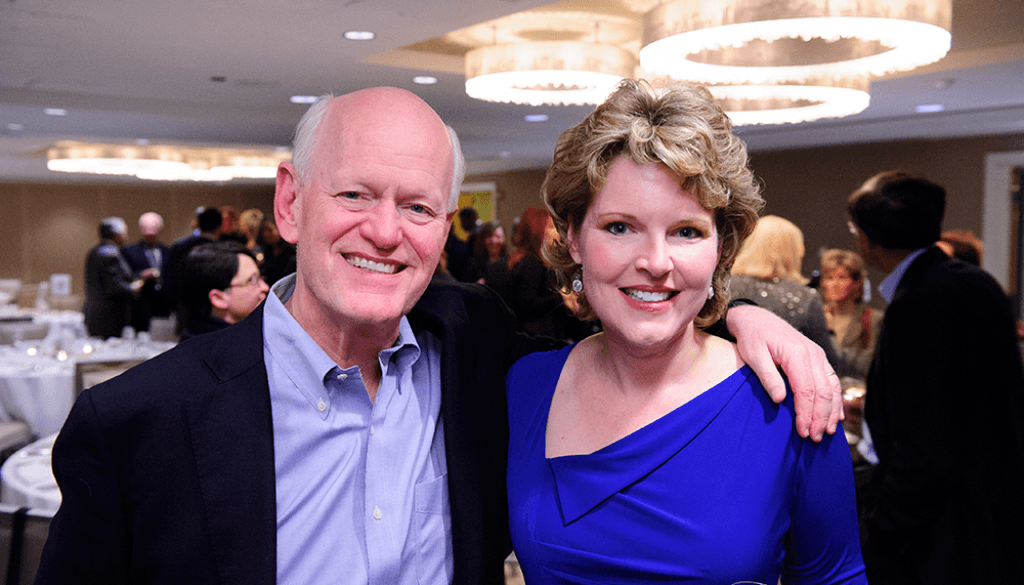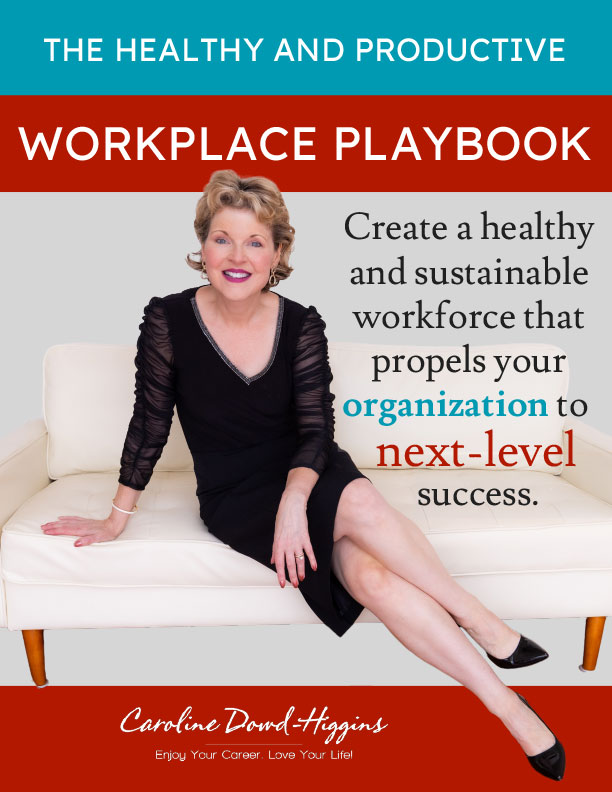My Weekend With Marshall Goldsmith

Recently, I participated in the Indiana University Alumni Association Goldsmith Leadership & Executive Coaching Academy. Indiana University alumnus, Dr. Marshall Goldsmith certified the first group of IUAA Executive Coaches from around the globe and empowered us with tools for his positive behavioral change process. As Executive Coaches, we will work with IU alumni leaders and other clients around the world via the CoachSource global network that spans 45 countries. We aspire to use what we learned to help others to continually become positive and successful leaders.
Marshall Goldsmith is the author or editor of 34 books and has been recognized as the #1 leadership thinker in the world at the biannual Thinkers50 ceremony sponsored by Harvard Business Review. He is one of a select few executive advisors who have been asked to work with over 150 major CEOs and their management teams worldwide.
Goldsmith’s professional accomplishments are extraordinary and numerous and his teaching style is authentic and accessible. He is on a mission to “…help successful leaders achieve positive, long-term, measurable change in behavior: for themselves, their people, and their teams.”
The Goldsmith Stakeholder Centered Coaching approach is tailored to take advantage of the positive aspects of successful people’s beliefs and to overcome the negative aspects that can interfere with further development. We learned that some successful people become delusional, resist constructive or negative feedback, and often stop listening. In order to leverage positive change, Goldsmith taught us to place the attention and focus on the leader’s stakeholders. By including the stakeholders in the process, there is accountability and a greater likelihood that the leader’s behavior will become a habit.
“We spend a lot of time helping leaders learn what to do. We don’t spend enough time helping leaders learn what to stop.” Peter Drucker
FeedForward
Instead of focusing on past behavior or actions known as feedback, Goldsmith suggests we let go of the past and focus on behavioral change for the future. They key to feedforward is letting go of the past, listening to suggestions without judging, and learning as much as you can. Instead of debating your feedforward input from colleagues, coaches or loved ones, (yes, this works at home as well!) simply accept the offering by saying ‘thank you’ and give yourself time to fully reflect on the wisdom shared. The future is dynamic and unrestrained – focus on what can be done.
Think Before You Speak
As an extrovert, I like the sound of my own voice. I learned from Goldsmith that this is an annoying habit that can hold me back when I feel the need to share my views without considering what I have to say first. Goldsmith taught us to help more, judge less and encouraged us to always breathe and think before we open our mouths to speak. “Is what you are saying really worth it?”
This question really hit home for me and helped me consider how I communicate. I’m still a work in progress to be sure and I have begun to listen to myself differently and consider my verbal contributions in advance – and for that I am grateful.
A Behavior Changing Payment Plan
I learned about many of my self-sabotaging behaviors and how they impact others and how they perceive me. Goldsmith employs a clever technique whereby he charges small amounts of money for each infraction, which create large changes in behavior.
We learned that responding to others with ‘No’, ‘But’ or ‘However’ dishonors the person with whom we are speaking. In effect, it tells them that you don’t value their input, which chips away at trust and respect. Goldsmith charged us money each time we began a sentence with a destructive ‘but’ phrase and quickly it became clear how often we used these terms without comprehending our actions.
Our group collectively paid $500+ over two days, which we donated to charity, as per Goldsmith’s rules. I personally contributed $27 for my destructive comments and learned a valuable lesson that now gives me pause every day. “It’s not what you say – it’s what they hear.” – cautioned Goldsmith, and he is right.
How Can I Be Better?
We learned how to ask, listen, think, thank, respond, involve, change, and follow-up with the help of our stakeholders to achieve our goals. While those actions steps may seem simplistic, the process requires serious skin in the game and a big slice of humble pie. The opportunity to ask a co-worker, “What can I do to be a better colleague?” seemed easy enough but then Goldsmith asked us to try this at home.
When was the last time you asked your parent, spouse, partner, friend, or child – “How can I get better?” This concept silenced the room and gave us the first glimpse of Goldsmith’s earnest commitment to treasuring the personal relationships in your life.
Employee vs. Employer Engagement
Even with widespread company recognition, reward and professional development programs, employee engagement is at an all-time low. Goldsmith challenged the status quo by asking us to take responsibility for our own engagement and to be accountable for our unique satisfaction in our workplaces. What can you do to engage yourself as an employee? Don’t wait for your company to engage you – do it yourself.
Goldsmith shared his favorite Buddha quote: “Every time I take a new breathe, it’s a new me.” He encouraged us to bypass the great Western disease of “I will be happy when…” and told us that happiness and meaning are defined from the inside, not the outside.
What’s Your Mojo?
Goldsmith spoke about achieving both personal and professional success and shared a chart with 5 categories: sacrificing, succeeding, sustaining, surviving, and stimulating. What percentage of your time is spent in each and what changes can you make to increase short-term gratification and long-term benefit? His studies indicate that spending time with people you love is highly correlated with satisfaction at home and at work.
Dream Big
My weekend with Goldsmith was transformative and life changing. I learned to ask myself a series of daily questions, which I created, to help me become the person I choose to become. I learned that I will always be a work in progress and that failure is expected and part of my journey. I have a new sense of self-accountability and I am beginning to believe that having fun is just as important as working hard.
Marshall Goldsmith’s coaching was direct, filled with humor and compassion, and chock full of actionable tools everyone can use from Main Street to Wall Street. He is extremely generous with free resources on his website and I would highly recommend his books. My current favorite is: What Got You Here Won’t Get You There, which is his definitive executive coaching tome. I am eagerly anticipating the release of his new book this next year.
My weekend with Marshall Goldsmith is one I will never forget. I was the beneficiary of transformative coaching that has helped me beyond my wildest expectations. Goldsmith delivers a clear methodology to proactively move forward to a new level of ability, skill and confidence, which is essential for all successful leaders. Goldsmith also believes in the power of paying it forward and conducted this intensive training session pro bono as a way to share his wisdom with his alma mater and to help make the world a better place. Thank you, Marshall!







March 26, 2014 @ 3:02 pm
I’m reading his book “what got you here….” as you suggested. I really enjoy reading this book. Looking forward to talking to you soon. Thank you, Caroline!
April 18, 2014 @ 6:05 am
Hi would you mind sharing which blog platform you’re using?
I’m going to start my own blog soon but I’m having a difficult
time choosing between BlogEngine/Wordpress/B2evolution and Drupal.
The reason I ask is because your layout seems different then most blogs and I’m looking for something unique.
P.S Apologies for getting off-topic but I had to ask!
April 19, 2014 @ 11:11 am
I use WordPress!